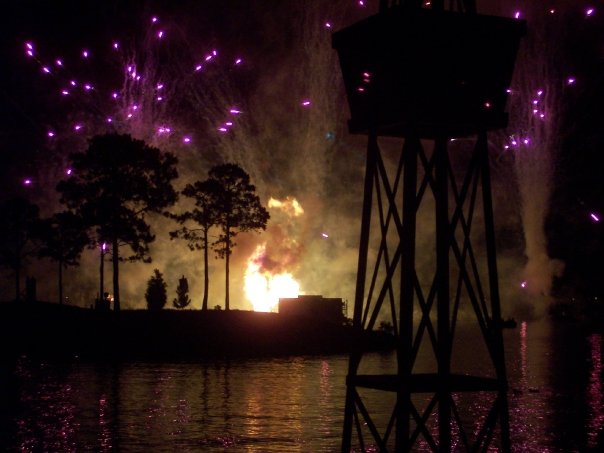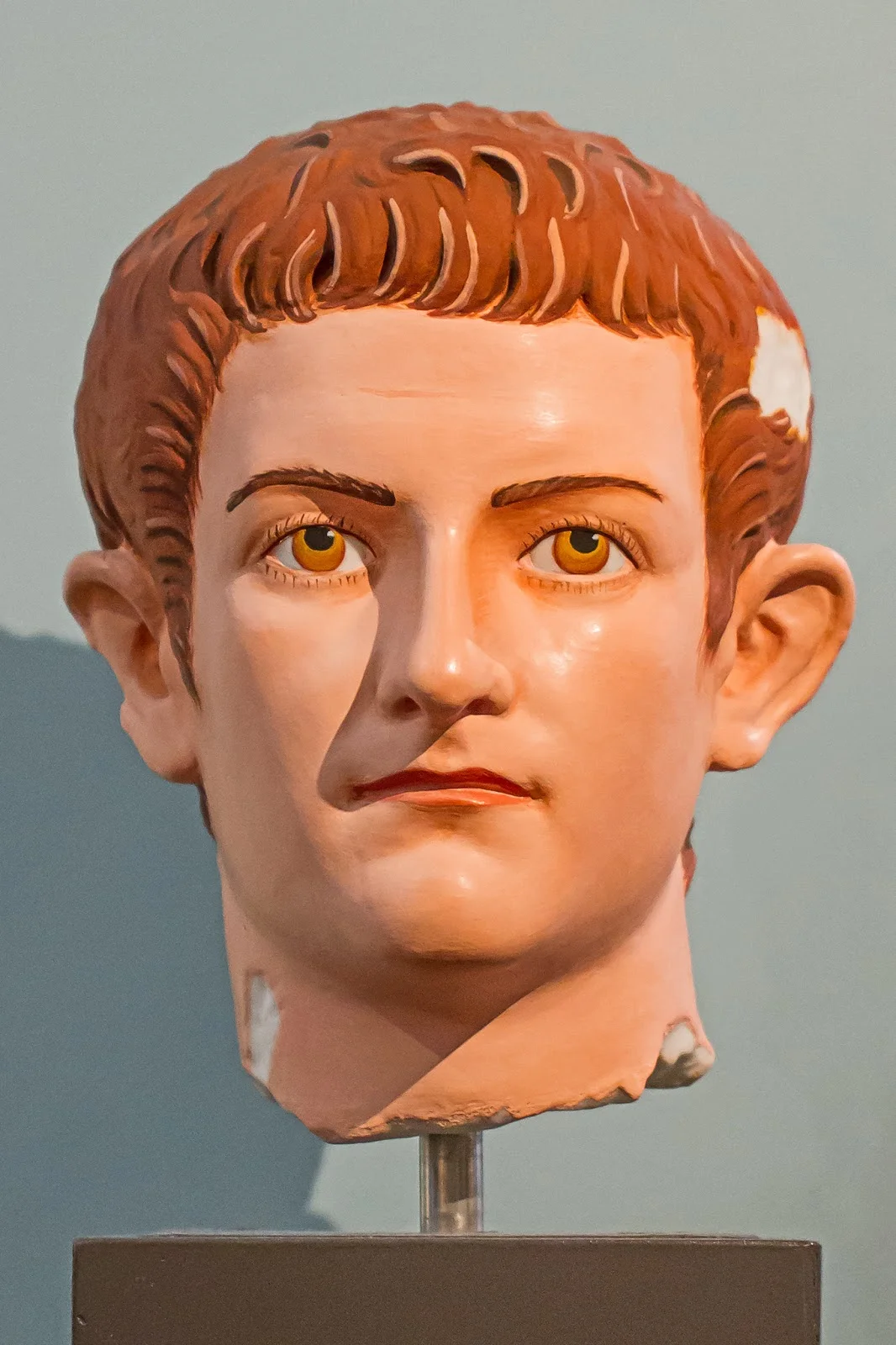As an author, particularly one writing in the genre of nonfiction and history, I come under constant scrutiny and criticism from readers.
This is even more true when you write about a topic readers are passionate about like Walt Disney World.
Let's be real: as someone reading my blog, you've more than likely frequented WDW message boards or DisTwitter and have seen various posts by Disney fans who disagree over what the outside world would see as ridiculousness (such as whether resort mugs should have handles or not or whether Disneyland should replace its "classic" Tower of Terror attraction with a Guardians of the Galaxy overlay) that may contribute to why many Disney muggles (those not privy of Disney fandom) see us fans as crazy. There are even people on Twitter that I've unfollowed due to their constant scathing remarks, oftentimes making personal attacks on people for their differing opinions on the state of the Disney parks (I don't need that negativity in my life).
Some of this feedback on my books has come in the form of comments on blogs and letters to my publisher. However, the most damning comments has been reviews of my books, officially published on Amazon.
Some of these negative reviews are on the level of ridiculous. One reviewer states that "Any book that contains a historic look at WDW, wich the book seems to be, should knoe that the word is imagniears. How many volumes are set to. Be forthcoming? It would be a shame that it is onlt one. Please hire an editor." Obviously this reviewer does not know what they are talking about, as the appropriate term actually is Imagineer. Some of my students who have read my reviews have even noted the awful spelling and grammar that this reviewer uses, which negates many of their scathing remarks.
Other reviews have marked me negatively on Amazon when their real problem was the formatting of the book. For example, "The book was smaller than I imagined it would be. It's a good simple history, though it could benefit from some greater depth. The writing is good and the approach is fantastic, but it is sometimes lacking in depth. Nonetheless, I look forward to volume 2 (and further histories of the Disney rides and attractions)." The main problem this reviewer had with my book was that it was too small. I'm a historian and love reading history books. However (and this sounds bad coming from its author), my book was incredibly detailed, especially the chapters on Carousel of Progress and Pirates of the Caribbean, to the point where I can't remember half the details I wrote about.
However, it may be this review that upset me the most: "Unfortunately, I can't even finish this one. Its another in a line from Bob McLlain that shows the downward slide of the publisher, lack of editing, and misinformation. Within the first two chapters I made several notes on factual errors. For example, the roof of the Tiki Room is not made of thatch, but metal designed to look like thatch. It serves as a large lightening rod. The evening parade does not cut off the Adventureland, as the parade runs from Main Street to Frontierland, with exit available by entering the emporium near Casey's and exiting near the Firehouse. Exit is available between float units. On top of errors, this reads like an essay from a college student using Wikipedia."
As a history teacher, amateur historian, and someone who worked for four years in my university library as a research deskie, this review was incredibly offending. And this wasn't the only review to accuse me of using Wikipedia for my research.
Now, to be fair, there are times when doing quick research or looking up quick facts, it is okay to use Wikipedia. For example, if you are trying to figure out the date that Al Jolson's The Jazz Singer referred to by John, the father in Carousel of Progress, was released (1927), Wikipedia is an okay resource to use. Or if you are trying to get a quick summary of the story of "Sleepy Hollow" (spoilers for Volume 3!), Wikipedia can be an easy tool. However, when doing historical research in needing specific details, one needs to use more academic research than a typical online encyclopedia.
So what is the process through which I researched my two books? It may be easier to provide you with an excerpt from one of my books and then break apart the text to explain the process to you.
The following is an excerpt from A Historical Tour of WDW Volume 2 and is taken from the chapter about Spaceship Earth at Epcot:
The background mural that is painted behind the horses and three men can be pinpointed to an exact place in the Roman Empire, which provides the viewer with some historical context of when and where the scene is taking place. The mural depicts a large Roman city, stretching off into the distance, while a series of buildings and statues are identifiable nearby. To the left of the scene, behind the horse-drawn chariot, are a series of statues capping Roman pillars, stretching on the left side of an avenue. Behind the tall statues is a building with columns holding up the roof with a triangular-shaped pediment. On the opposite side of the scene, behind the slave holding the reigns of the horse, is another series of statues atop pillars, while statues of mounted horsemen are rearing on a platform alongside steps leading up to the scene. Behind the horsemen is a series of buildings with columned facades, one with a triangular pediment and the other capped with a dome. The avenue surrounded by the pillared statues identifies the location as being in the Roman Forum, the headquarters for government and mercantile activity in the capital of the Roman Empire, the city of Rome (located in modern-day Italy). However, it is the location of the pedimented and domed buildings and the presence of the rearing horsemen that identify where the three gentlemen are congregated: the Temple of Castor and Pollux. The temple was built in 495 BC and dedicated in 484 BC, thanking the twin sons of the Roman god, Jupiter, for their assistance in the victory in battle. Interestingly enough, the actual statues of Castor and Pollux that are depicted in the scene’s background mural are not historically accurate: the scene shows them riding on the backs of rearing horses, while in actuality they were holding the reigns of the rearing horses.











